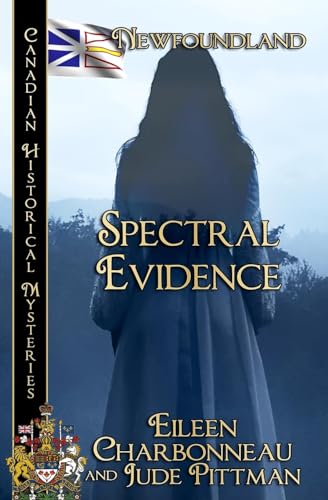Spectral Evidence
Set in Newfoundland in 1692, Spectral Evidence brings us to a world where cultures and faith traditions are learning to coexist. Charlotte Jaddore is a child of an English father and a Mi’kmaq and Beothuk mother—an embodiment of this tension and commingling. We see these dual realities and truths play out through her actions and words. Her father has relatives living in Salem, and he agrees to bring two of these children back to Newfoundland to safety, away from the danger of the witch trials that are taking place.
Charlotte finds herself accused of witchcraft “from a distance” (spectral evidence) and of using indigenous traditions to heal the sick and wounded. These suspicions are put to rest, but the die is cast against her. Charlotte’s father stands between the indigenous people and the English settlers of the Massachusetts Bay colony, trusted by both, and is often called upon to arbitrate matters.
A murder of a local man, rich but disliked, creates a mystery that Charlotte must help solve. An accused slave helps her to navigate through the mystery, replete with superstitions, a Mummers stag, and a growing sense of danger to the young children they harbor. Believable characters, a fast-paced plot, and sharp dialogue bring this story to life. Spectral Evidence is a murder mystery with a moral edge—a reminder that the conflict between religious superstition and fact is always simmering below the surface when opposing cultures must learn to live side by side.










